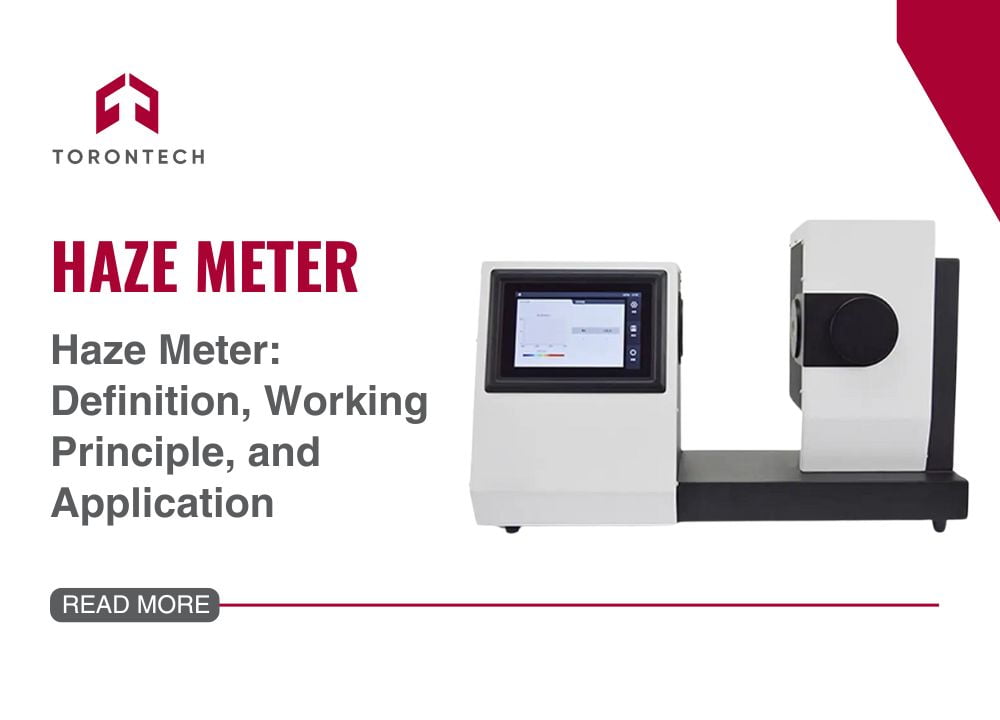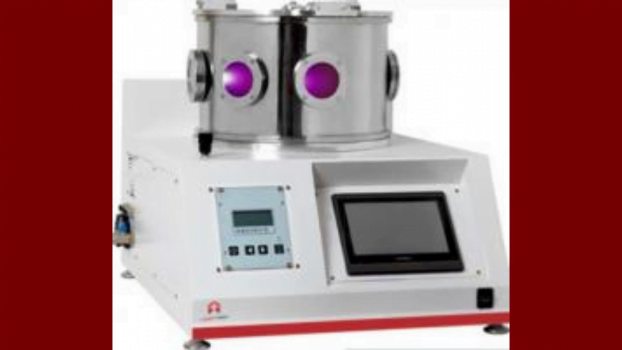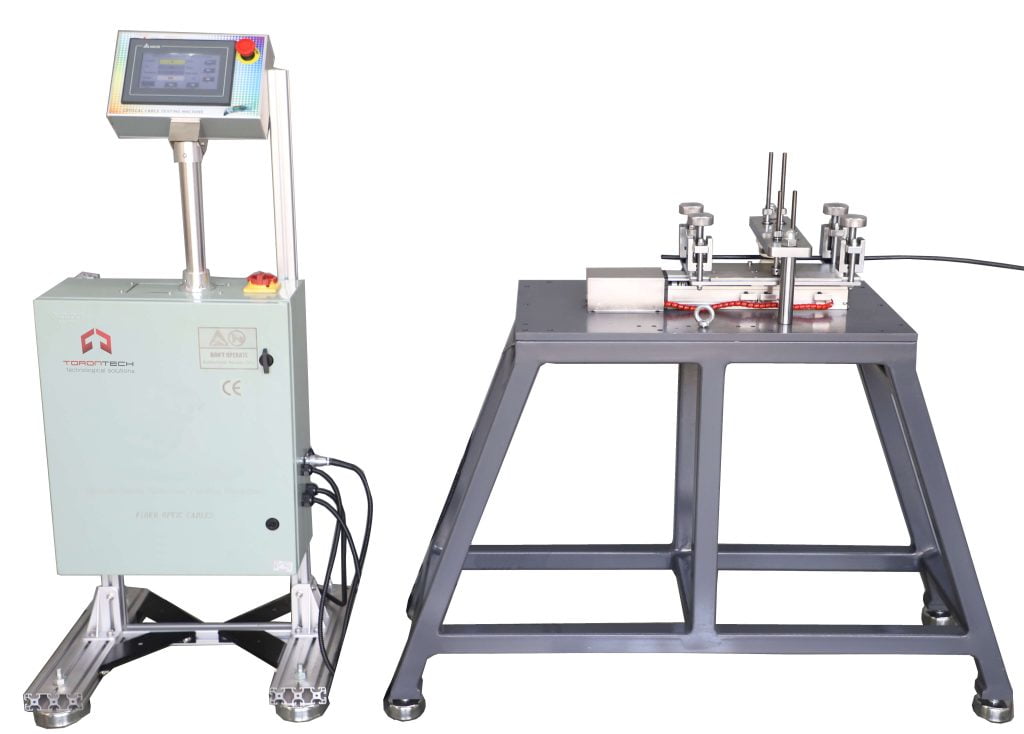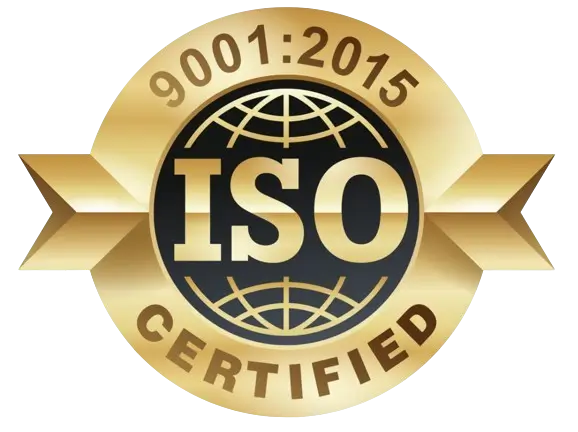Haze, the scattering of light by particles in a transparent medium, can significantly impact various industries and applications. From affecting the optical properties of plastics and coatings to reducing visibility in environmental monitoring, accurate measurement and control of haze levels are crucial.
This is where haze meters come into play – specialized instruments designed to quantify the degree of haze or cloudiness in materials. By measuring the amount of light scattered within a sample, these devices provide valuable insights into product quality, safety, and research endeavors.
Understanding of Haze Meter
A haze meter is an indispensable tool for quantifying the level of cloudiness or lack of transparency in clear materials. In industries dealing with plastic films, this instrument plays a crucial role in assessing the optical clarity of the products, ensuring they meet the required haze standards. Similarly, haze meters are invaluable for quality control in the plastics sector, evaluating the transparency of plastic sheets, containers, and other products.
The measurement unit for haze is typically expressed as a percentage or numerical value, with higher readings indicating greater cloudiness or haziness in the sample material. Maintaining precise haze measurements is essential for ensuring product quality and consistency across various applications.
Advancements in technology have led to the development of portable haze meters, enabling on-site measurements and quality control in various settings. These compact and lightweight devices offer convenience and flexibility, making them ideal for field applications and industrial environments.
Another type of haze meter is the transmission haze meter, which measures the amount of light transmitted through a sample material. This technique is particularly useful for analyzing the haze levels in transparent materials, such as glass or clear plastics, where light transmission is a critical factor.
Notably, haze and transmittance are most commonly measured using a dedicated haze meter instrument, consisting essentially of a calibrated light source and an integrating sphere to collect the light transmitted through the sample. This specialized setup ensures accurate and reliable measurements, enabling manufacturers and researchers to maintain strict quality standards and conduct precise optical analyses.
How Does Haze Meter Work?
Measuring haze accurately is crucial in various industries, and haze meters play a pivotal role in this process. But how do you measure haze? The working principle behind haze meters is based on the behavior of light as it interacts with a sample material.
The haze meter principle relies on an integrating sphere, which measures the total transmission of a sample. This measurement accounts for both clarity and haziness. Clarity refers to the portion of light that passes through the sample without any disturbance or scattering, while haziness results from light being scattered away from the direct optical path.
To quantify haze, haze meters measure the relative transmission of light at an angle greater than 2.5 degrees from the direct optical path. This scattered light contributes to the perceived haziness of the sample. Conversely, clarity is defined as the relative transmission within a 2.5-degree angle of the direct optical path.
The difference between haze and clarity is measured using a ring detector inside the integrating sphere. This specialized detector captures the scattered light at the appropriate angles, enabling precise quantification of haze levels.
The ASTM D1003 standard provides guidelines for haze meter design and operation, ensuring consistent and reliable haze measurements across various industries and applications.
To summarize, haze meters measure haze by capturing the light scattered away from the direct optical path using an integrating sphere and a ring detector. The relative transmission of this scattered light, compared to the total transmission, determines the level of haziness in the sample material.
Components of a Haze Meter
A haze meter, designed to quantify the haze and transmittance of materials, is comprised of several key components working in unison to deliver accurate measurements. Common components of a Haze Meter typically include:
1. Light Source
This component generates the light that passes through the test sample. Depending on the type of Haze Meter and its application requirements, the light source can be an LED lamp or a xenon lamp.
2. Test Specimen
The transparent or semi-transparent material whose haze level is being measured. The specimen is placed between the light source and the detector to measure how much light is transmitted and how much is scattered by the material.
3. Detector
The detector captures the light that has passed through the test specimen. The information gathered by the detector is processed to calculate parameters such as haze level, luminous transmittance, or turbidity.
4. Optical System
This system includes lenses, filters, and other optical components that direct the light from the source to the test specimen and then to the detector. A well-designed optical system is crucial for ensuring accurate and consistent measurements.
5. Integration Sphere
A reflective sphere that provides uniform illumination around the test specimen, ensuring that light intensity is consistent from all angles. The integration sphere is typically used when measurements from all directions are needed to obtain accurate reflectance or transmission values. Not all Haze Meters require an integration sphere, particularly if the desired measurement only involves light passing through the specimen in a specific direction.
6. Electronics and Data Processing
This includes signal processing, controllers, and data processing components. These electronics process the information from the detector and generate readable outputs, such as haze, transmittance, or turbidity values.
7. Control Panel and Display
The control panel typically features buttons and controls for operating the Haze Meter, as well as a display to show measurement results and other settings.
8. Sample Holder
The sample holder keeps the test specimen stable and ensures it remains in position during measurement. These holders are often adjustable to accommodate different sizes and types of specimens.
9. Light Shield
A light shield can be used to reduce interference from ambient light that could affect the measurements. This is particularly useful when measurements are conducted in variable lighting conditions or bright environments.
10. Connections and Interfaces
Some Haze Meters come with connections and interfaces to link to computers or other devices. This allows users to store data, configure measurements, or integrate with automated quality control systems.
Each of these components works together to provide accurate and consistent measurements of haze and other parameters in test specimens.
Applications of Haze Meters
Haze meters find widespread applications across various industries and fields, serving as essential tools for ensuring product quality, monitoring environmental conditions, and advancing scientific research. But what is a haze meter used for?
1. Plastics and Packaging
Haze meters are extensively used in the plastics and packaging industry to assess the clarity of materials used in food, beverage, and consumer goods packaging. Low haze and high transmittance are desirable for providing clear visibility of the product at the point of sale.
2. Automotive Industry
In the automotive industry, haze meters ensure the transparency and clarity of automotive components, such as headlights, tail lights, and windows. Clear visibility is vital for driver safety and regulatory compliance.
3. Optics and Photonics
Haze meters are used in the optics and photonics industry to measure the haze and transmittance of optical components, such as lenses, filters, and mirrors. Accurate measurements ensure the performance and quality of optical systems.
4. Electronics and Display Technology
Haze meters play a critical role in the electronics and display technology sector, where the clarity and transparency of screens, such as smartphones, tablets, and monitors, are essential for optimal user experience.
5. Paint and Coatings
In the paint and coatings industry, haze meters evaluate the haze and transmittance of paints, coatings, and films. Low haze and high transmittance are desirable for achieving the desired visual appearance and durability.
6. Environmental Monitoring
Haze meters are used in environmental monitoring to assess the haze and transmittance of air, water, and other environmental media. This information is crucial for understanding and mitigating the impact of pollution on air and water quality.
7. Quality Control and Research
Haze meters serve as essential tools in quality control and research applications, enabling manufacturers and researchers to evaluate the optical properties of materials and optimize the production processes.
By understanding the diverse applications of haze meters, it becomes evident that these instruments are indispensable for ensuring product quality, regulatory compliance, and user satisfaction.
Factors Affecting Haze Meter Measurements
While haze meters are designed to provide accurate and reliable measurements, several factors can influence the accuracy and reproducibility of the results. It is essential to understand and account for these factors to ensure precise and consistent haze measurements. Here are some key factors that can affect haze meter measurements:
1. Sample Preparation
Proper sample preparation is crucial for obtaining accurate results. Factors such as surface quality, cleanliness, and thickness of the sample can significantly impact the measurement. Samples should be free from scratches, dust, or other contaminants that may contribute to light scattering and affect the haze measurement.
2. Sample Positioning
Consistent and accurate positioning of the sample within the haze meter is essential for reliable measurements. Variations in the angle or placement of the sample relative to the light source and detectors can lead to inconsistencies in the results.
3. Environmental Conditions
Temperature, humidity, and ambient light conditions can influence the performance of the haze meter and the sample material itself. Fluctuations in these environmental factors may affect the optical properties of the sample and the measurements obtained.
4. Instrument Calibration
Regular calibration of the haze meter is crucial to ensure accurate and consistent measurements over time. Calibration procedures should be followed meticulously, and reference standards should be used to verify the instrument’s performance.
5. Stray Light
Stray light, which can originate from external sources or internal reflections within the instrument, can interfere with the measurement and introduce errors. Proper shielding and baffling within the haze meter’s optical path can help minimize the effects of stray light.
6. Sample Composition and Uniformity
The composition and uniformity of the sample material can influence the scattering behavior and, consequently, the haze measurement. Variations in the distribution or concentration of particles or impurities within the sample can lead to inconsistent results.
7. Instrument Configuration and Settings
Improper configuration or incorrect settings of the haze meter can lead to inaccurate measurements. It is essential to follow the manufacturer’s guidelines and ensure that the instrument is set up correctly for the specific application and sample type.
By considering these factors and implementing appropriate controls and procedures, users of haze meters can minimize potential sources of error and obtain reliable measurements. Adhering to standardized measurement protocols and conducting regular quality assurance checks can further enhance the accuracy and consistency of haze meter data.
Conclusion
Haze meters have proven to be invaluable instruments in a wide range of industries and applications, providing accurate and reliable measurements of haze levels in transparent materials. From quality control in manufacturing processes to environmental monitoring and material science research, these specialized devices play a crucial role in ensuring optical clarity and consistency.
As industries continue to prioritize product quality, transparency, and optical clarity, the demand for accurate and reliable haze measurements will only grow. Haze meters will remain indispensable tools, enabling manufacturers, researchers, and environmental professionals to maintain strict quality standards, advance scientific understanding, and contribute to the development of innovative materials and products.
Whether in quality control laboratories, manufacturing facilities, or research institutions, haze meters will continue to play a pivotal role in ensuring precise optical measurements, driving innovation, and supporting the pursuit of excellence in various fields.
To learn more about Haze Meters and explore our offerings, visit here or contact us now. Our experts are ready to assist you with any inquiries or guidance you may need.
Reference:
- Busato, Stephan; Perevedentsev, Aleksandr (2017). A simple imaging-based technique for quantifying haze and transmittance of materials. Polymer Engineering & Science
- Scharfe, Benedikt; Lehmann, Sebastian; Gerdes, Thorsten; Brüggemann, Dieter (2019). Optical and Mechanical Properties of Highly Transparent Glass-Flake Composites. Journal of Composites Science, 3(4).








